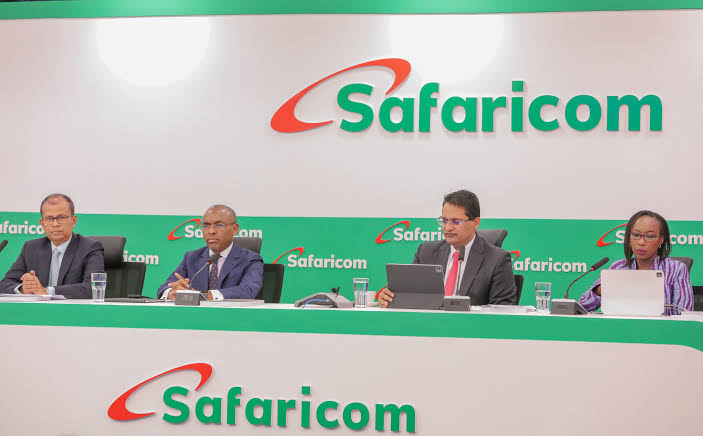Kenya’s 5G market is witnessing significant growth, with Safaricom now surpassing Airtel Kenya in the number of active 5G sites across the country. According to Safaricom’s annual report for the year ended March 31, 2024, the company has established 803 5G sites spanning 43 Kenyan counties. This marks a substantial increase from just 205 sites at the end of March 2023.
In comparison, Airtel Kenya currently operates 690 5G sites covering 39 counties. Airtel had previously led the 5G race with 372 sites in mid-2023. However, Safaricom’s rapid expansion has altered the competitive landscape.
Safaricom’s ambitious plans include expanding its 5G network to more than 1,700 sites by the end of the next financial year. The company aims to empower customers with super-fast internet access at work, home, and on the move, complementing its growing fiber network.
Airtel Kenya is not resting on its laurels. In June 2024, the company announced an aggressive network expansion drive, aiming to roll out close to 1,000 sites before the end of 2024. This initiative, described as the largest in Airtel Kenya’s history, focuses on improving indoor coverage in towns and connecting rural areas, with a particular emphasis on enhancing network coverage in the northeastern region of Kenya.
The 5G journey in Kenya began with Safaricom’s initial launch in October 2022, starting with just 35 sites. Safaricom CEO Peter Ndegwa revealed plans to add another 700-1,000 sites, targeting a total of 2,000 5G sites by the end of 2025. Airtel Kenya joined the 5G race in July 2023, launching with approximately 370 sites and nearly doubling that number to 690 a year later.
Despite the rapid expansion of 5G infrastructure, adoption rates remain relatively low. According to market intelligence from Omdia, only about 1% of all mobile subscriptions in Kenya were 5G at the end of March 2024. However, projections suggest growth to 3.8% by the end of 2024 and nearly 12% by 2026.
Safaricom leads the Kenyan mobile market with 44.7 million subscribers, followed by Airtel Kenya with 19.9 million. Telkom Kenya and Jamii Telecommunications (JTL) trail behind with 1.5 million and 545,000 mobile users respectively. Neither Telkom Kenya nor JTL has launched 5G services yet.
The adoption of 5G technology varies among operators. Approximately 1.3% of Safaricom’s user base was using 5G by March 2024, while only 0.3% of Airtel’s subscribers had adopted the technology. 4G remains dominant, with over 46% of Safaricom users and all of JTL’s subscribers on 4G networks. Interestingly, over 50% of Airtel’s base still relied on 2G technology.
Safaricom’s annual report revealed a 79% growth in 5G devices on its network over 12 months, reaching about 669,700 devices. Overall, smartphones on Safaricom’s network increased by nearly 13% to 22.9 million, with 4G devices accounting for 16.85 million of those.
As Kenya’s 5G market continues to evolve, the competition between Safaricom and Airtel Kenya is driving rapid infrastructure development. While adoption rates are currently low, the increasing availability of 5G services and compatible devices suggests a promising future for high-speed connectivity in Kenya.
 We just launched our WhatsApp channel. Want to get the latest news from the Tech in Africa?
We just launched our WhatsApp channel. Want to get the latest news from the Tech in Africa?



